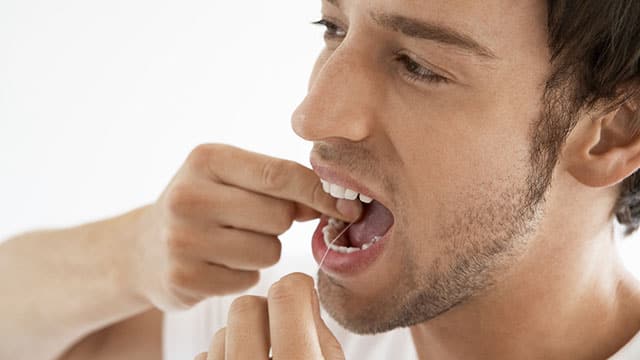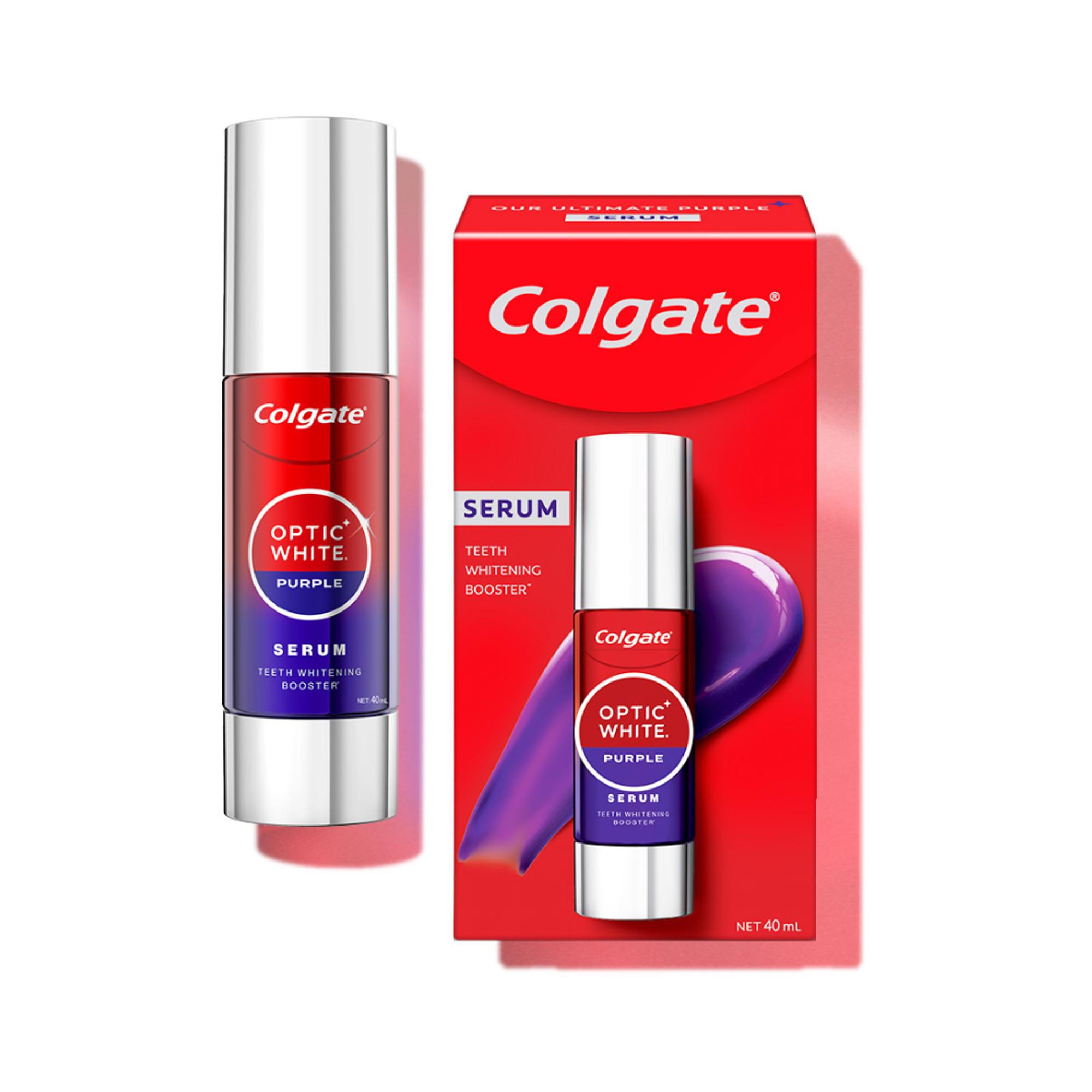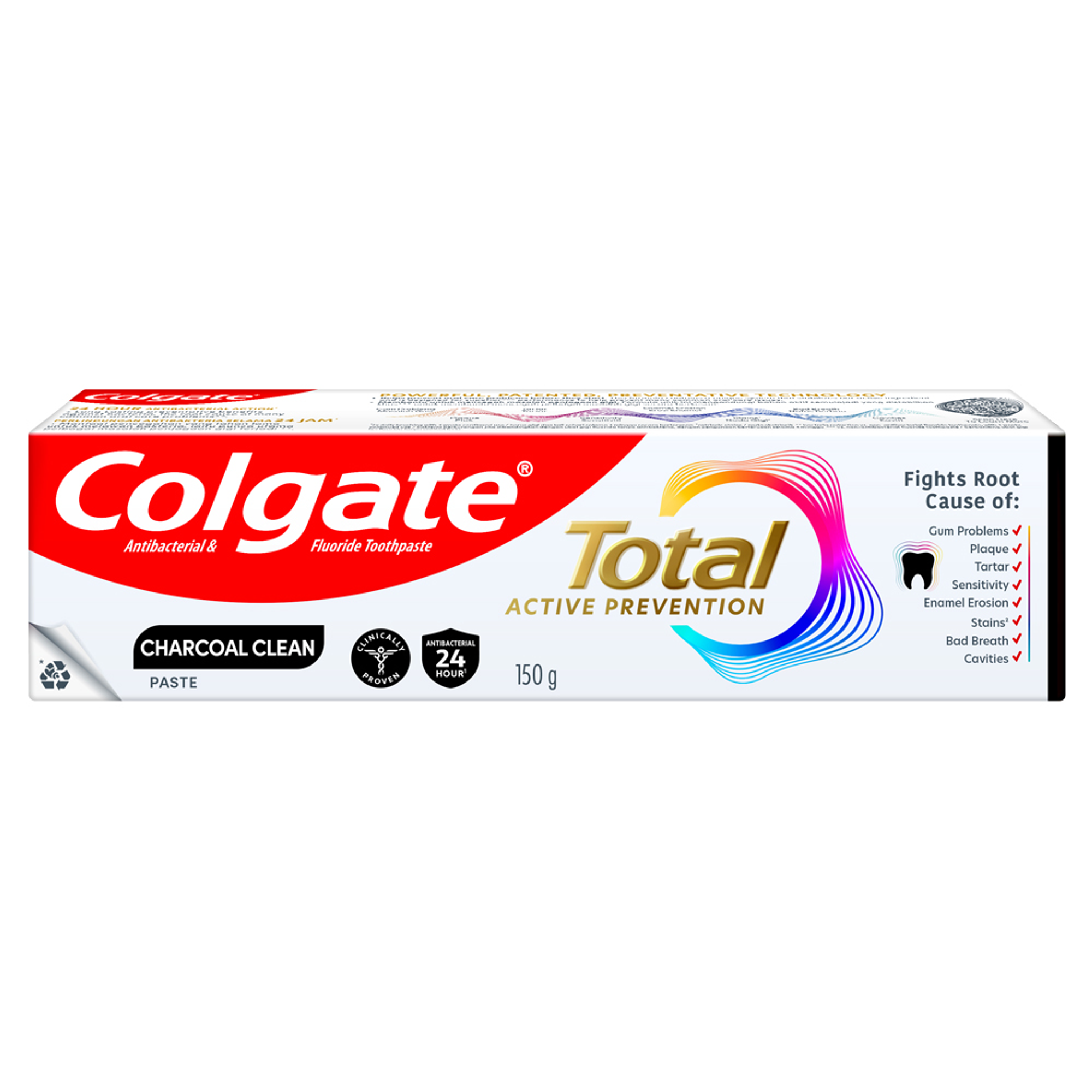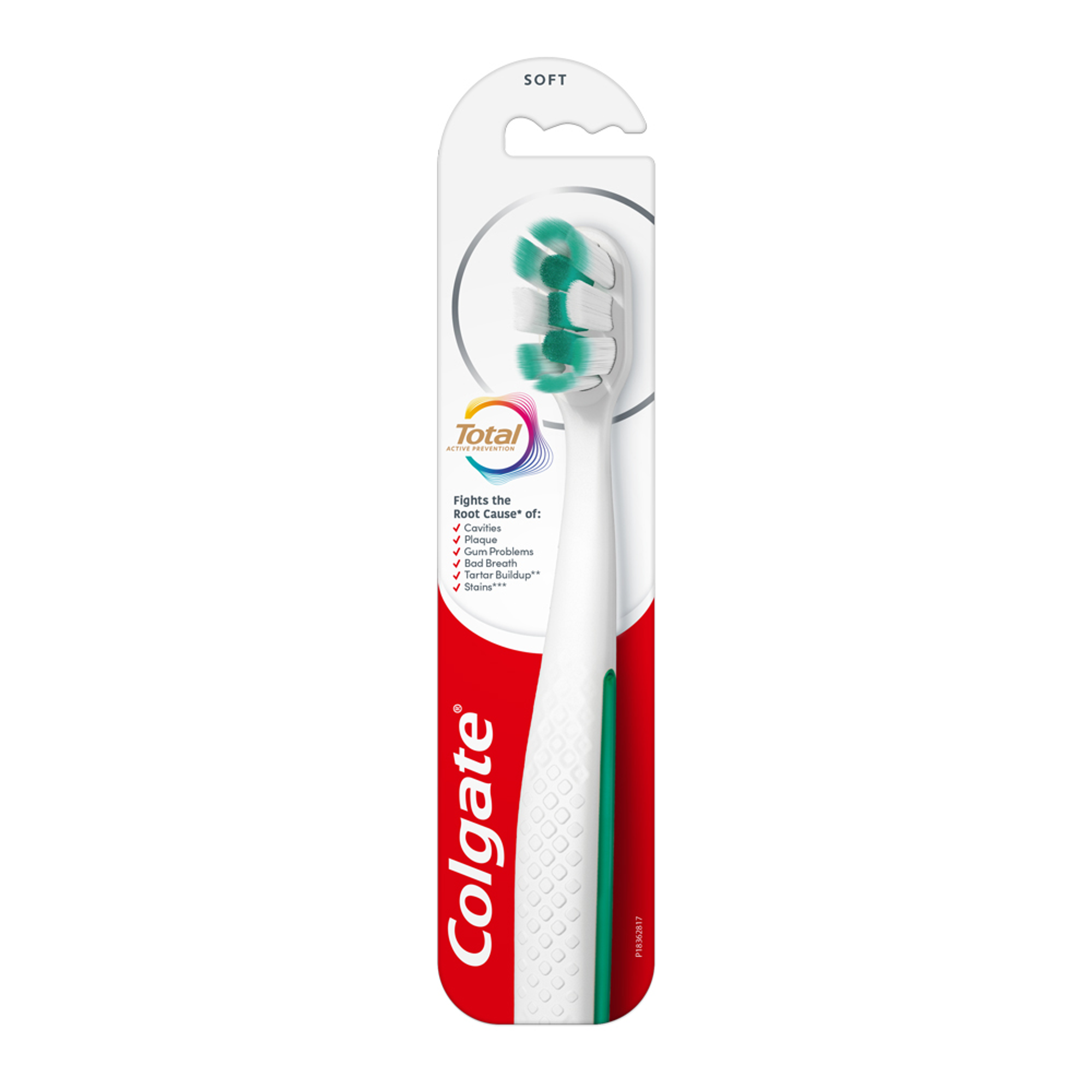-
-

FLUORIDE
Discover how stannous fluoride toothpaste prevents cavities and other oral health issues. Learn the key benefits of fluoride for teeth and its best uses.Fluoride plays a vital role in oral healthcare...

TEETH WHITENING
Teeth Whitening Serum for a Brighter, Confident SmileWho does not want whiter and brighter teeth? Thanks to the many teeth-whitening products available today...
-
Science & Innovation
- Colgate® | Toothpaste, Toothbrushes & Oral Care Resources
- Oral Health
- Is Brushing Teeth After Eating Good For You?


Can Food Left on and between Your Teeth Lead to Tooth Decay?
When you eat, plaque (a sticky, white biofilm) forms on your teeth. Plaque contains bacteria. According to the University of Rochester Medical Center in the United States, after you eat something that contains sugar, this bacteria produces acids that will attack your tooth enamel for at least 20 minutes after your meal. If you don’t brush and get rid of this plaque build-up regularly, the acid that gets produced will break down your enamel, resulting in cavities.
Plaque that isn’t removed can harden into tartar. When tartar builds up on your gums, it can cause inflammation, and if untreated, gum disease.
So Does That Mean You Should Brush Right After You Eat?
Not necessarily! Brushing your teeth after eating can sometimes affect your tooth enamel. In fact, the Mayo Clinic in the United States warns that if you’ve consumed acidic food or drink (for e.g. fruits like oranges, grapefruits and lemons), brushing too soon can be bad for your teeth. Why? Because these acidic foods weaken tooth enamel and brushing too quickly can remove the enamel.
According to SingHealth, it is important to wait for at least 30 to 45 minutes after eating before brushing your teeth. This gives your saliva a chance to naturally wash away food particles, so your mouth returns to its proper pH level. It's best to stick to drinking water or chew sugarless gum while waiting for this to happen.
Is It Fine to Wait Until Before Bed to Brush?
Yes, it is! What’s important is that you ensure you brush sometime after your last meal and before you go to bed. If you go to sleep without brushing, you’re allowing plaque to build up, attack the tooth enamel, irritate the gums and harden on and between your teeth and at the gum line. So whether you decide to brush an hour after you eat dinner or brush right before you sleep, it's important to brush effectively at the gum line and on all surfaces of the teeth.
Does this mean you shouldn’t brush your teeth after your meals? Now that you have all the information, it’s up to you. Only one thing is certain: if you give your teeth and gums two whole minutes of brushing and flossing twice a day, you’ll be able to seize each day armed with strong teeth and a fresh and healthy mouth!
Related Articles

Flossing is important for good oral health. If you have difficulty using string floss, talk to your dentist about alternatives, like a water flosser.


Water flossing uses water jets to clean between teeth, while traditional floss uses string. Learn the differences and choose what suits you best.
Related Products

Helping dental professionals
More professionals across the world trust Colgate. Find resources, products, and information to give your patients a healthier future








